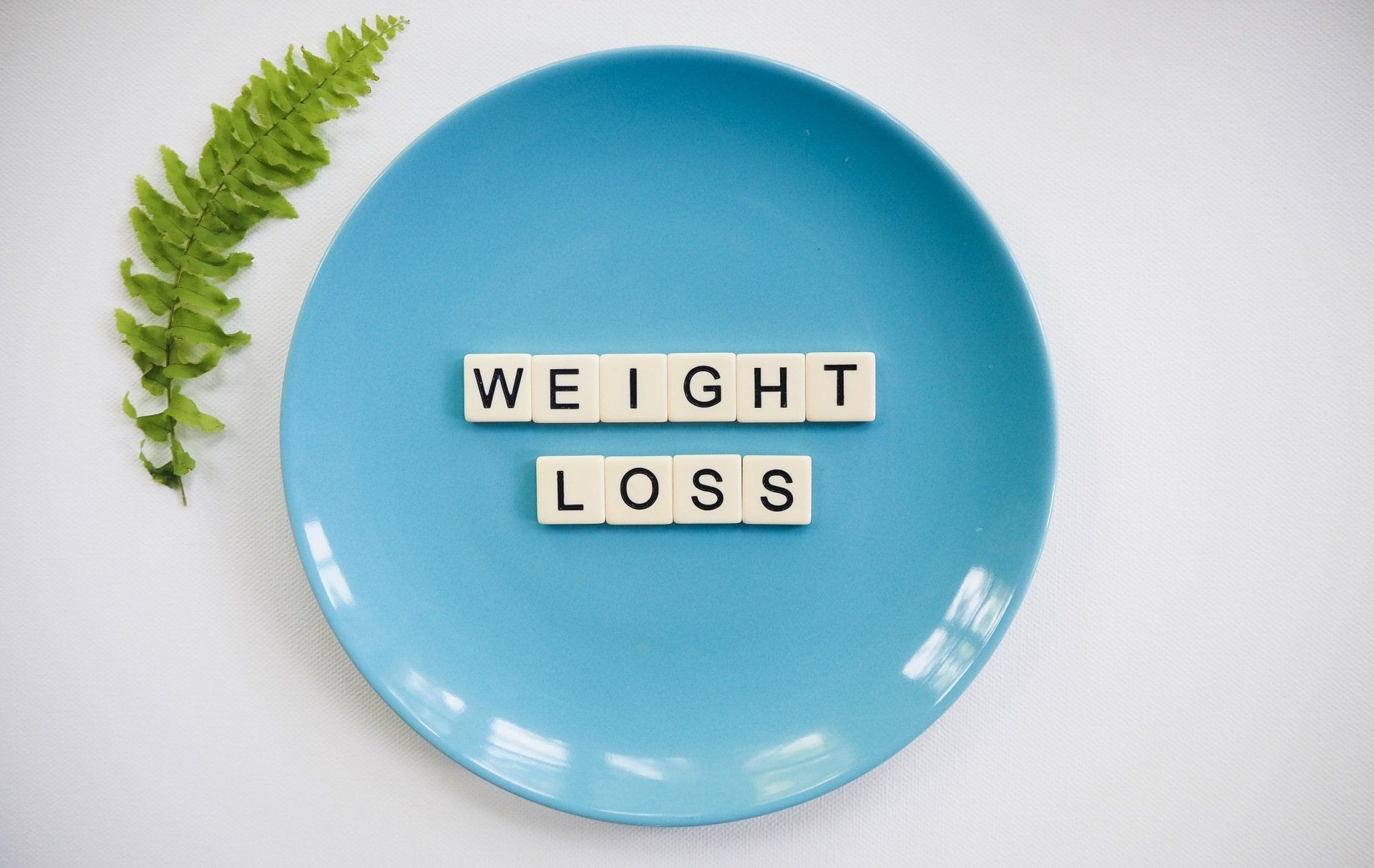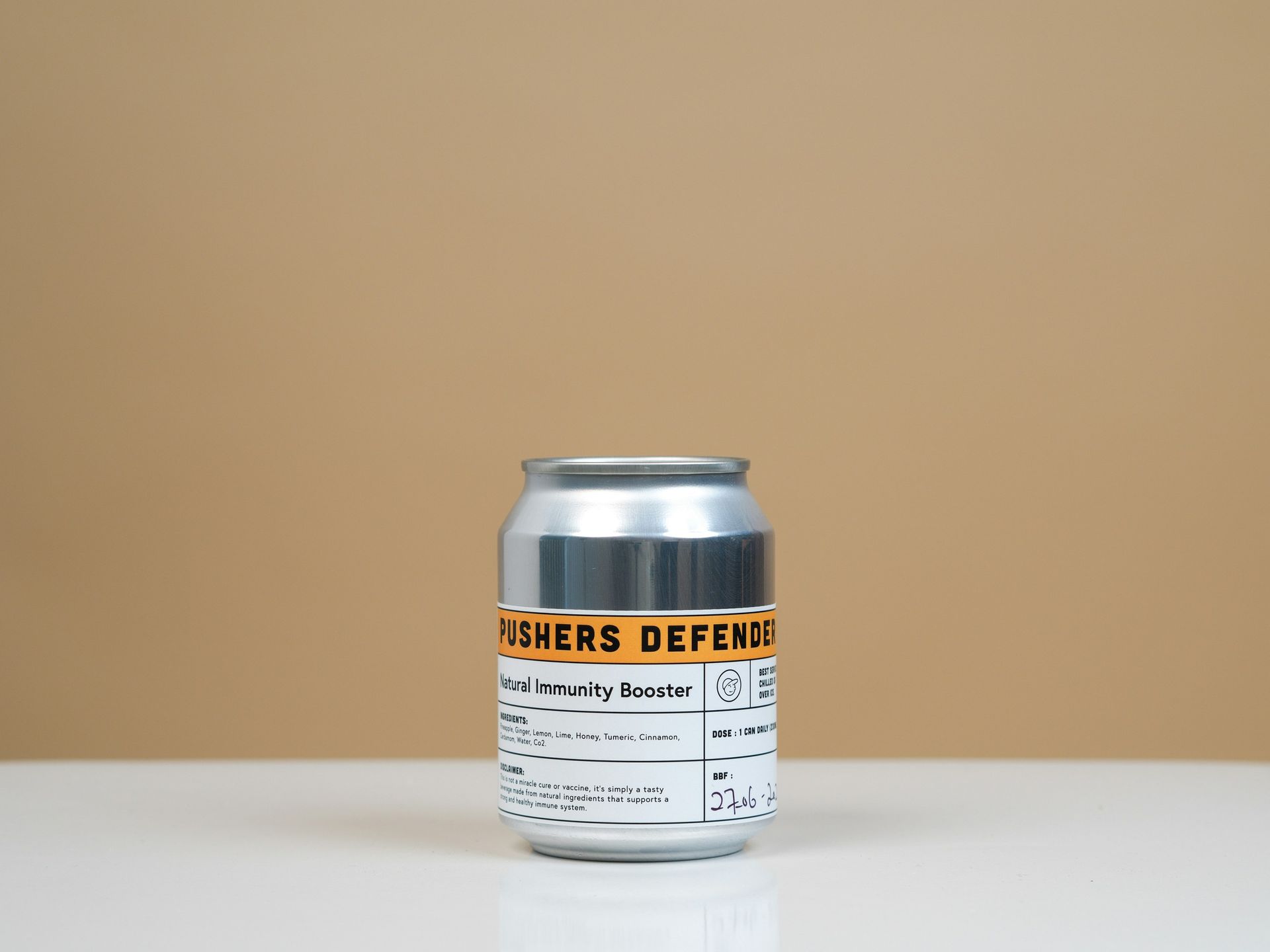Why I chose to become a cancer doctor
Why I chose to become a cancer doctor - the very early years
This career decision didn’t happen overnight. When I was a fresh-faced, eager medical student, being an oncologist was furthest from my mind. Oncology was a very minor part of our training. We did not even have a rotation for it. It was also known to be a very depressing subspecialty. I still have vivid images of myself as a medical clerk, serving a shift in my Internal Medicine rotation. We had a few patients admitted with cancer to our wards. Our staff oncologist would appear without warning. I stared at him, imagining that he can be mistaken for a caretaker. He was a kind-faced man who always wore a pair of jet-black slacks and a starched white polo shirt, and wore no medical coat. He always arrived at our ward, carrying a huge glass bottle of chemotherapy. It looked like a milk bottle. Completely wrapped in aluminum foil, the bottle was a mysterious, delicate, dangerous package. It had a biohazard label. The oncologist would attach it to some long plastic tubing and a hollow sterile needle. He would then proceed and drip the drugs into the veins of our cancer patients. Then, we would all wait until all the medication has entered their frail bodies. There will be one or two more visits until the bed becomes empty. We never cured anyone, and I felt that the chemotherapy, indeed, hastened their deaths.
My first year as a "real" doctor
Things did not improve when I began my first year of residency. Choosing a cancer specialty was furthest from my mind. I was working as a young doctor in a busy county hospital, and the general medical clinics did not see cancer patients. Instead, they were immediately sent over to the subspecialty cancer clinics. I refused to choose hematology/oncology as an elective. The medical oncologists at the time appeared to lack compassion. There were no role models. We labeled almost all cancer patients as "palliative", and whisked them away to hospice. None of the cancer patients that I knew survived more than a year.I was, at the time, determined to leave. The field of medicine was getting depressing. The many, incurable medical problems that plagued elderly patients also began to discourage me. I began applying to OB/GYN programs to become an obstetrician, a field that we knew to be a “happy” specialty. But, that decision did not last long. I found and married my soulmate, and convinced myself that a hectic life as an obstetrician was not the way to go. So, I remained in internal medicine.
Choosing to be a cancer doctor - the middle years
Looking for a change in scenery, we left the county hospital's residency program and moved to the Bronx, and we transferred to the residency program at the Montefiore Medical Center. Montefiore Hospital was part of the Albert Einstein College of Medicine. It was a larger medical center, with hundreds of residents in training.
A new breed of cancer patients
The patients traveled from all over the country, and from abroad. We had a cancer treatment center that happened to be very active in clinical trials. Part of my last year of training was a medical oncology rotation. I wasn't excited, but this choice towards a cancer rotation changed my mind forever. For the first time, I met a 30-year-old woman with metastatic breast cancer. Her tumor had spread to her spine, and she was receiving chemotherapy. Back then, a diagnosis of stage 4 breast cancer usually meant survival of 3 to 6 months. But here she was, a survivor, at 13 months, and still talking and walking. What is this? Long term cancer survivors? This intrigued me.
The entry of the new cancer therapies
Another patient with a deadly cancer of the skin, melanoma, was receiving a drug called interleukin 2. Interleukins were the hottest form of immune therapy at the time. I marveled at the patients who came, with large globs of metastatic melanoma on their legs, and then, after only a few rounds of intravenous interleukin, the tumors were gone! The FDA (Food and drug administration) had just approved Paclitaxel (Taxol), a new drug from the bark of the Pacific Yew Tree.
Taxus brevifolia, the Pacific Yew tree, from which we get the chemotherapy drug, Paclitaxel. Credit: Wikipedia.
We had early access to the drug and tried it on several patients with stage four lung cancers. To my amazement, the cancers were shrinking! Patients were alive a year or more, and their quality of life also improved.
Vomiting becomes a thing of the past
Ondansetron also came into the market. In the past, the patient would receive cis-platinum, a chemotherapy drug that was effective for many types of cancers. But the side effects were wicked. Patients would be violently nauseated and they would vomit at least 10 times a day. When Ondansetron came, the vomiting was miraculously cut down to none or at most, just once a day, and nausea became very manageable. At last, we have conquered the vomiting issue!
My career as an oncologist begins
It was an exciting feeling, seeing all this progress in so short of a time. I had to choose whether to go out into practice as a general internist, or to undergo more training to become a cancer doctor. I longed to be part of this budding field (the NEW oncology) that was developing rapidly before my eyes. I decided to apply for the oncology fellowship. Before I knew it, I was a newly minted medical oncologist. I sealed my choice.
My first medical job
I began my medical career at an underserved clinic, where drive-by shootings after sunset were a normal event. It was normal to see the parking lot's fence, flat on the ground, with a couple of bullet holes. "Don't worry, Dr. Tan, they will never harm the doctors. They know that we are here to help them." assured the medical secretary. I had a lot of patients during my first year of practice. I saw both general medicine patients and cancer patients. Most of them came in with no dollars in their pockets, no insurance, and - many times - no relatives. The social worker worked long hours, and the paper medical charts were always missing. Without paper charts to guide me, we had to hope our patients remembered what medicines they were on. I had to use my "expertise" to try and figure out how to give them advice based on the little information that I had. Many patients expected not only medical advice but also relied on us to give them medicine! Luckily, some of the patients had full Medicaid coverage and could receive chemotherapy. I treated many patients but also did a lot of listening. The lives of my patients, shared with me during office visits, fascinated me. Their struggles with their health and daily living became a major part of each visit. I felt like I was a psychiatrist! Soon, I moved on to new jobs, new cities, and new friends.
My mission as a cancer doctor
Something changed as the years passed. Choosing to become what I am now, a cancer doctor, finally came true. Seeing cancer patients no longer shocked me. As I saw many past successes, I wanted the same success for all of my patients. Their problems increased my desire to help them. I asked to be assigned to complicated, aggressive cases. The more complicated cases created a challenge for me, to try somehow to help them when others could not. Patients became my mission, and their families became my allies. Two decades have passed since the time that I received my medical license, and I am still an oncologist. I sometimes dream of packing up and trying my hand at the retail business, another childhood dream of mine. But the thought of disappointing so many of my patients, actually, now my friends, keeps me here. And of course, the research that we still need to do. While I am in no way a mega researcher, I hope my small contribution to science might one day, help us reach a “cure."





